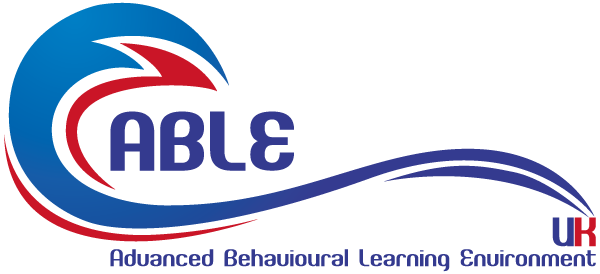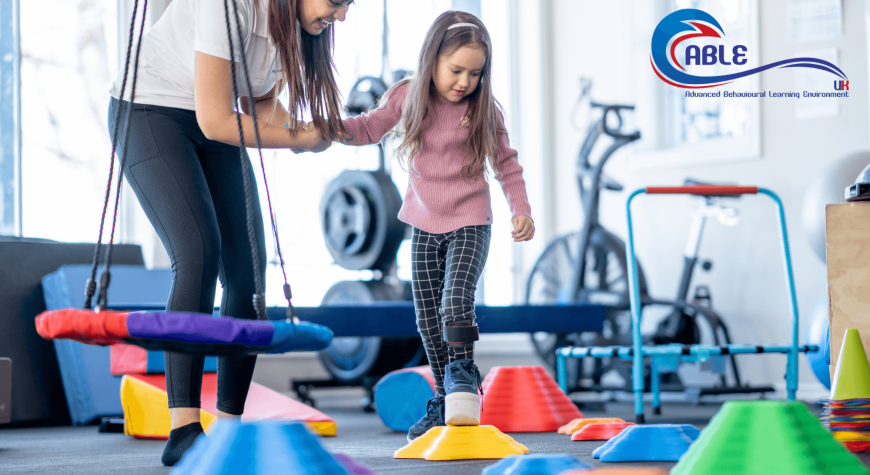Attention Deficit Hyperactivity Disorder (ADHD) is a condition that affects millions of children worldwide, making it challenging for them to focus, control their impulses, and stay organized. But what if I told you there’s a way to help these kids thrive? Occupational therapy (OT) has emerged as an effective therapeutic solution for children with ADHD, offering practical strategies and tools that can make a world of difference. Whether you’re a parent, teacher, or someone simply interested in the topic, this guide dives deep into how occupational therapy can support children with ADHD.
Before diving into the benefits, let’s clarify what occupational therapy is. Often misunderstood as something strictly for physical rehabilitation, OT is a broad field that helps individuals develop, improve, or regain skills necessary for daily life.
For children, especially those with ADHD, occupational therapists work on enhancing fine motor skills, improving sensory processing, and teaching organizational strategies to help with school and daily routines.
Occupational therapists assess a child’s needs, focusing on challenges like attention span, sensory integration, and task completion. Then, they create a tailored plan designed to improve the child’s ability to function and succeed at home, school, and in social settings.
Why Occupational Therapy is a Great Fit for Children with ADHD
Children with ADHD often struggle in structured environments like schools because they have trouble focusing, sitting still, and following directions. One of the most common struggles for kids with ADHD is staying focused. Occupational therapists use activities that target attention span and concentration. Games that require a child to focus on a task for a set amount of time, sensory activities like playing with different textures, or even time management exercises help improve attention.
Children with ADHD can have trouble managing their emotions and behaviour. Occupational therapy helps them recognize their feelings and teaches them techniques to manage emotional outbursts. Strategies might include breathing exercises, sensory tools like weighted blankets or stress balls, or even creating quiet spaces where they can take breaks when they feel overwhelmed.
Kids with ADHD might also struggle with social interactions. They might interrupt conversations, act impulsively, or have difficulty understanding social cues. Occupational therapists use role-playing and social stories to help these children practice how to engage with others appropriately. Over time, these exercises can improve their ability to make friends and maintain relationships.
Executive functioning refers to the skills needed to plan, organize, and complete tasks. For a child with ADHD, this might look like struggling to follow multi-step instructions or forgetting to bring homework back to school. Occupational therapists use tools like checklists, visual schedules, and time-management strategies to help children improve their ability to organize and complete tasks effectively.
Some children with ADHD may have motor coordination issues, making tasks like writing, cutting with scissors, or participating in sports challenging. Occupational therapy focuses on improving these motor skills, helping children become more confident and independent in their everyday activities.
How Occupational Therapy Helps with Sensory Processing
ADHD often coexists with sensory processing issues, where a child might be over- or under-sensitive to certain stimuli. Sounds, lights, textures, or even smells can be overwhelming or distracting. Occupational therapists use sensory integration techniques to help children process sensory information more effectively. Here are some of the techniques used in occupational therapy to help with sensory processing.
Sensory Diets: No, we’re not talking about food! A sensory diet is a personalized plan that includes specific sensory activities designed to meet a child’s unique sensory needs. For instance, a child who feels overwhelmed in a noisy classroom might benefit from noise-cancelling headphones, or a child who seeks physical movement might have a plan to take breaks for jumping or stretching throughout the day.
Deep Pressure and Proprioception Activities: Children with ADHD often benefit from activities that provide deep pressure input or engage their proprioceptive system (the body’s ability to sense where it is in space). Think of activities like heavy work (carrying books or pushing a cart), deep squeezes, or using weighted blankets. These kinds of activities can help calm the nervous system, making it easier for kids to focus and feel grounded.
Occupational Therapy Techniques Used for ADHD
Occupational therapists use a variety of techniques to support children with ADHD, and they tailor their approach to each child’s specific challenges and strengths. Some common techniques include:
Cognitive Behavioural Techniques: OTs often incorporate cognitive-behavioural strategies, which help children become aware of their thoughts and behaviours, and then work to change negative patterns. For example, a therapist might work with a child to identify what triggers distractibility, and then practice strategies to stay focused, like repeating instructions back or using visual reminders.
Play-Based Therapy: Play is essential for children, and therapists often incorporate it into their sessions. While it might look like “just play,” these activities are carefully chosen to build skills like taking turns, following directions, and problem-solving, all of which are beneficial for children with ADHD.
Environmental Modifications: Sometimes, it’s the child’s environment that needs adjusting. Occupational therapists can suggest changes at home or school, such as creating a clutter-free workspace, adding fidget tools, or changing seating arrangements to reduce distractions.
Routine Building: ADHD makes it tough for children to follow routines consistently. Occupational therapy helps by developing structured routines that incorporate visual schedules, reward systems, and consistent steps to reinforce the habit. When children know what to expect, it can reduce anxiety and help them stay on track.
FAQs about Occupational Therapy for ADHD
How long does it take to see progress with occupational therapy for ADHD?
It varies. Some children show improvement within a few months, while others may take longer, depending on the severity of their symptoms and the consistency of therapy. Typically, you should start noticing small improvements in focus, behaviour, or motor skills after the first few sessions.
Is occupational therapy enough to treat ADHD, or does my child need medication too?
Occupational therapy is a non-medical intervention that can significantly improve a child’s daily functioning. However, some children may benefit from a combination of therapies, including medication. It’s best to consult with your paediatrician and the occupational therapist to create a holistic treatment plan tailored to your child’s needs.
How often should my child go to occupational therapy?
The frequency of sessions depends on the child’s individual needs and the therapist’s recommendations. Some children benefit from weekly sessions, while others might need less frequent visits. Regular practice of the skills learned in therapy at home and school can also accelerate progress.
Does occupational therapy help with ADHD in older children or teenagers?
Yes! Occupational therapy can help people of all ages with ADHD. While younger children may focus more on sensory integration and motor skills, older children and teens might work on skills like organization, self-regulation, and executive functioning.
Can I practice occupational therapy techniques at home?
Absolutely. Your child’s therapist will likely give you strategies and activities to continue at home. This reinforcement can be crucial in helping the child transfer the skills learned in therapy into their everyday life.
Children with ADHD often face unique challenges, but occupational therapy offers a powerful way to help them succeed. By focusing on improving attention, self-regulation, social skills, motor abilities, and sensory processing, occupational therapy can enhance a child’s ability to navigate daily life more confidently and independently. Whether you’re in Dubai or elsewhere, seeking the right support can make all the difference.


2 comments
1x bet registration
February 26, 2025 @ 11:18 pmI think, that you are not right. I am assured. I can defend the position. Write to me in PM, we will talk.
spinph5
December 5, 2025 @ 10:33 pmSpinPH5… here we go! Fingers crossed for a good run. Let’s see what this place has to offer! spinph5